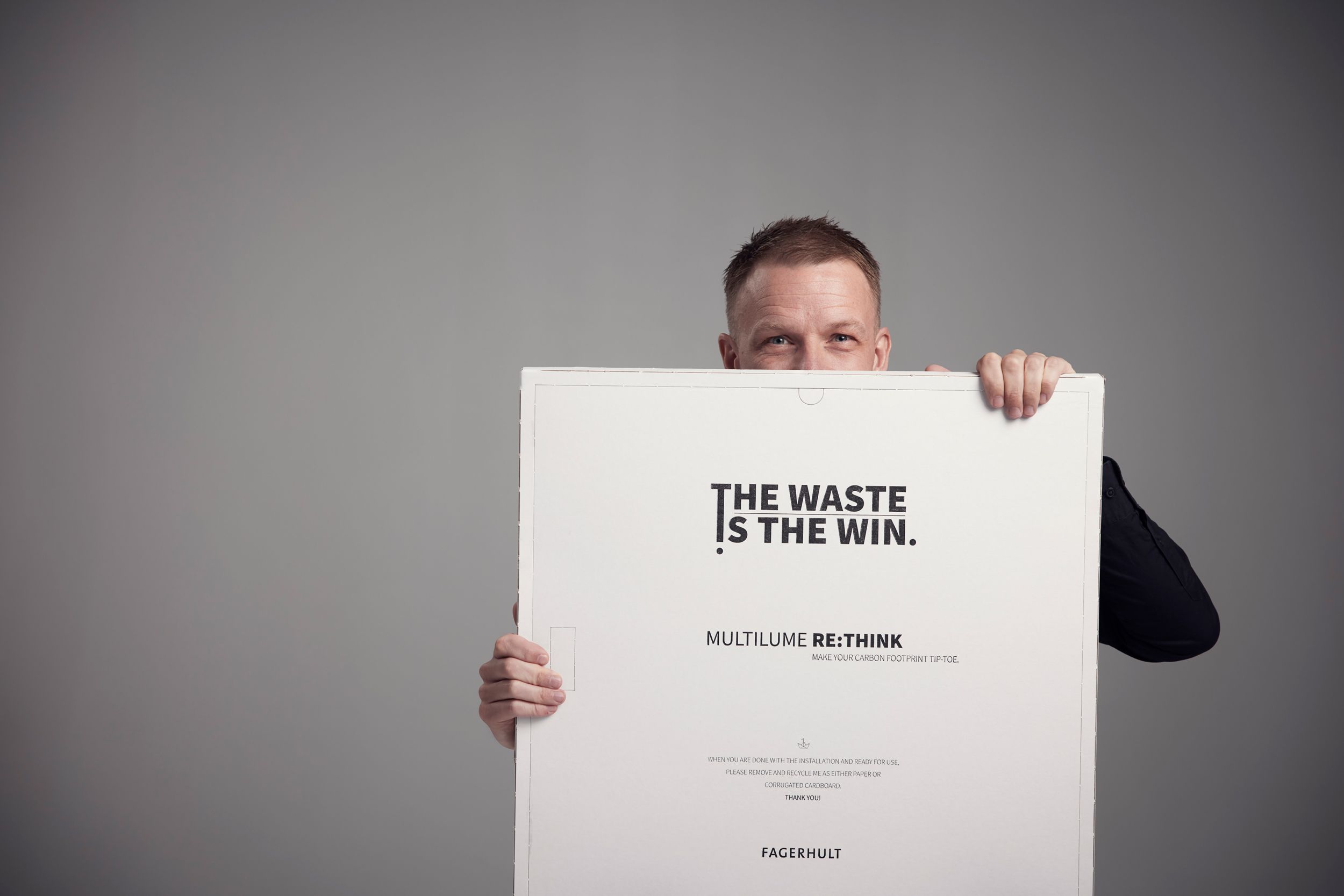Our history.
Originated in the dark Swedish forests, the importance of light has always been crucial for us. Knowledge of light is something we cherish, and something we want to share. What started as a small-scale business with solutions for people's homes has evolved into a company that meets the needs of public environments.
Our founder, Bertil Svensson, had the idea of bringing “the right light to the right place” to make life easier for people in their everyday activities. Bertil's idea for a brilliant Christmas present for his mother was only the beginning for many more luminaries and innovations in the years to come. You can see some of them here.
1940
Lampen – it all started with a christmas gift
The first luminaire prototype in the Fagerhult history is Lampen (Swedish accent for "the Lamp"). It has a characteristic shape in the form of a question mark. It was created by Fagerhult's founder Bertil Svensson, in 1943, as a Christmas gift for his mother. He bought the separate parts (chords, shade, an armor tube and a plug) and assembled it himself. When he saw the joy it brought to his mother, and how much easier it made her late night handicrafts, he came up with the idea of mass producing lamps.
Since this was at the end of Second World War, there were troubles importing the right parts and materials. Quite soon it became clear that it would be more efficient to produce all parts in the factory, than importing i.e. already assembled shades. "Lampen" was a success and it soon became the local nickname for the Fagerhult factory.

1950
Festival – a celebration of light
A timeless luminaire with Swedish crystal glass, formed as a celebration to light and crafts. Fagerhult designer Gert Nyström shaped this peculiar puzzle of glass cylinders, that gives a fragile – yet impressive look.
Festival was launched in the late 50's, and perfectly describes the air of the time with grand visions and long lasting quality materials. The luminaire was constructed with a metal frame with moulded cylinders in clear glass. It was available as a pendant, a chandelier and sconce – giving a unifying impression in the fine dining rooms or public spaces of a more grand character.
Festival can still be found on auction houses and vintage shops from time to time.
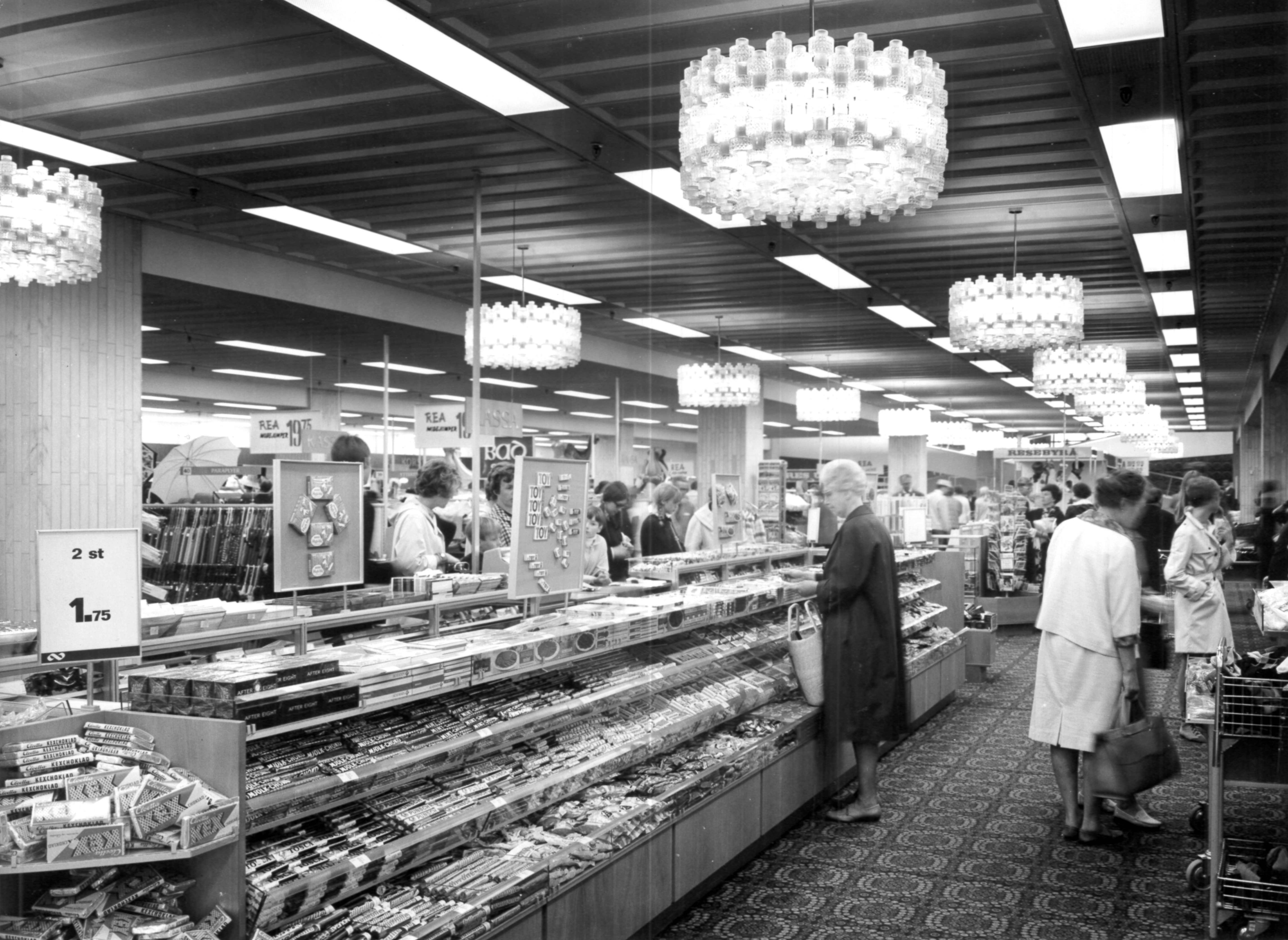
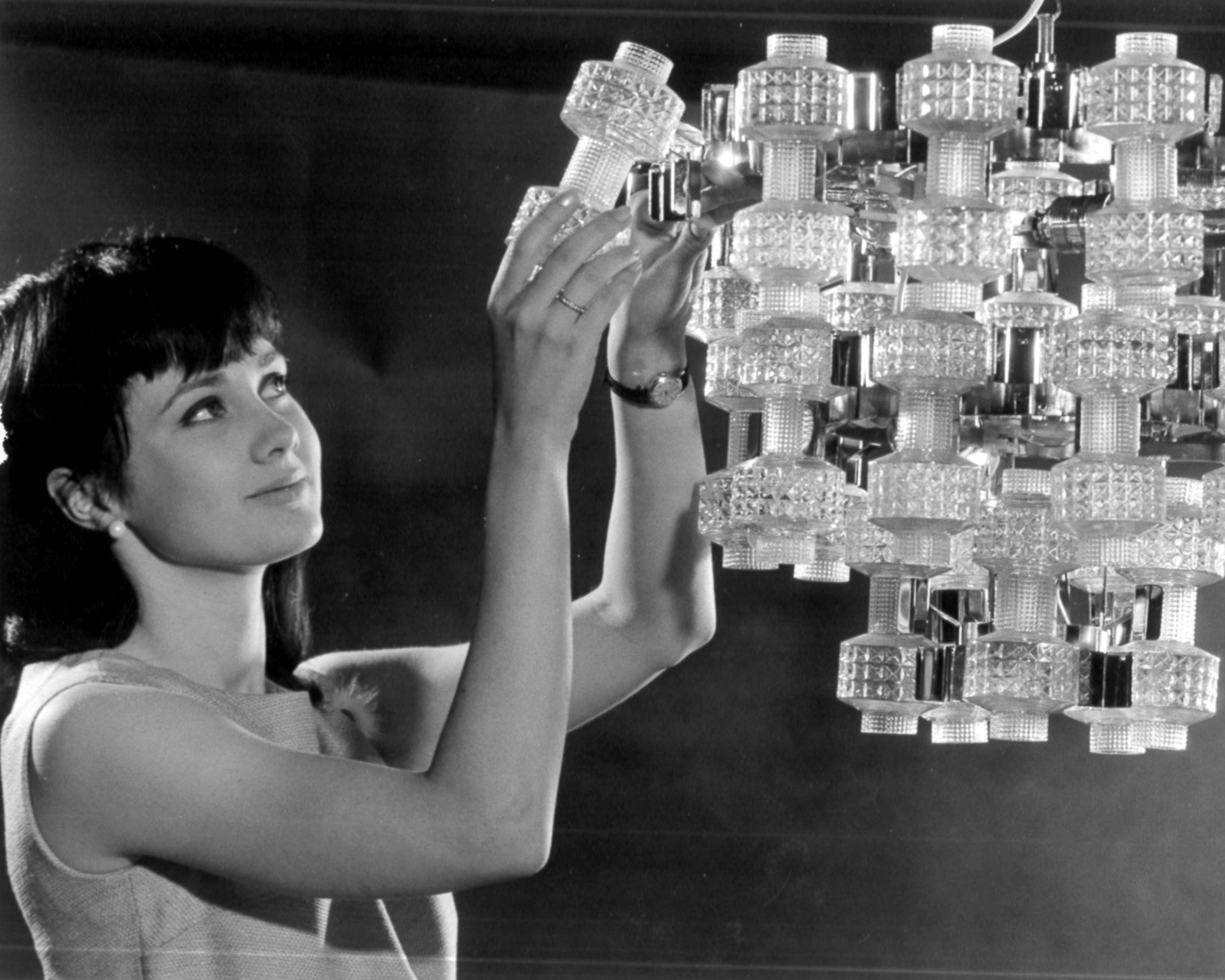
1960
Fabian – a classic retrofit luminaire
When launched in 1969 Fabian was Sweden’s – maybe even the worlds – ever first fitting made of plastic. The first prototype was created by the housing of two thermoses in different sizes. The injection-moulded plastics, as it would turn out, could not only withstand the warmth from hot beverages – but also the heat from a bulb. After some testing, the development team had created a seamless, screwless design that could easily be implemented in the production system. Due to the absence of screws, assembly could easy be done with the help of a special fixture. The procedure was clocked at 11 seconds flat.
The fact that Fabian was offered in a wide range of colours following the latest interior design trends contributed to its persistent success. The estimated sell when launched was 10 000 units. No one could have guessed that Fabian actually would sell over 4 million copies.
In 2015, when Fagerhult turned 70 years, a relaunch of Fabian was made.
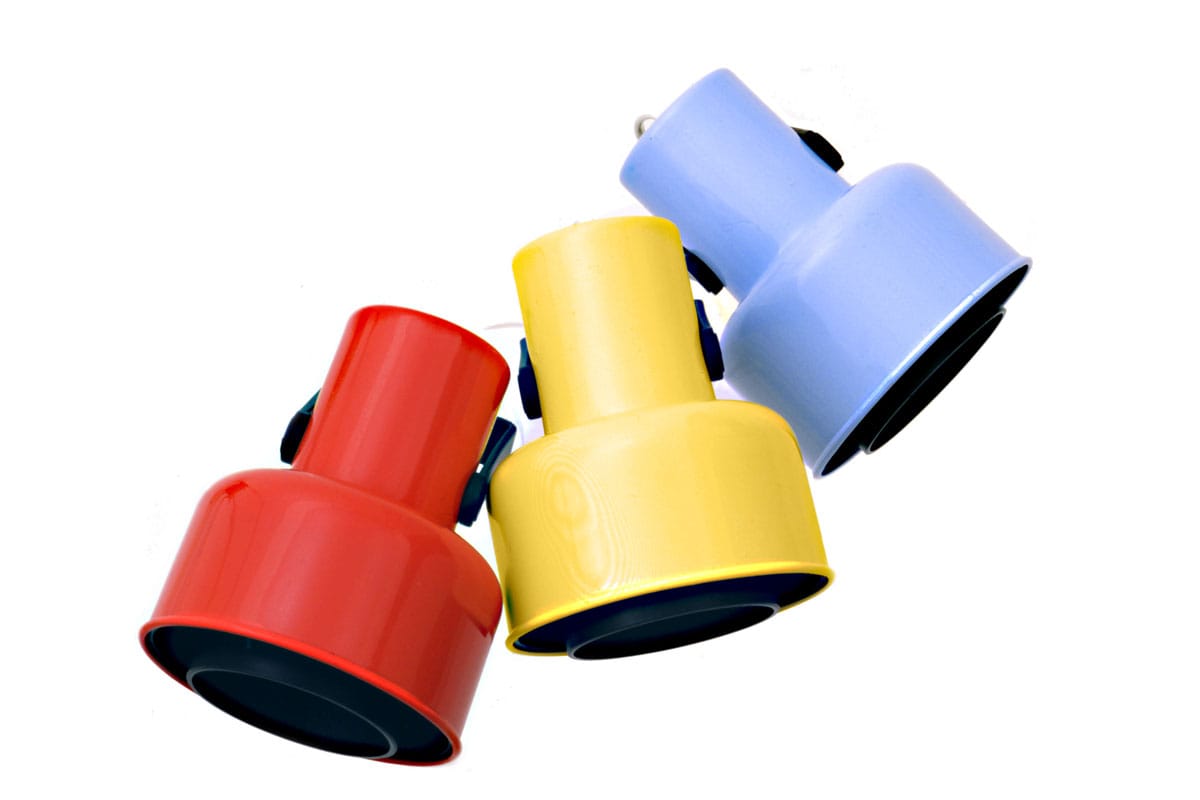
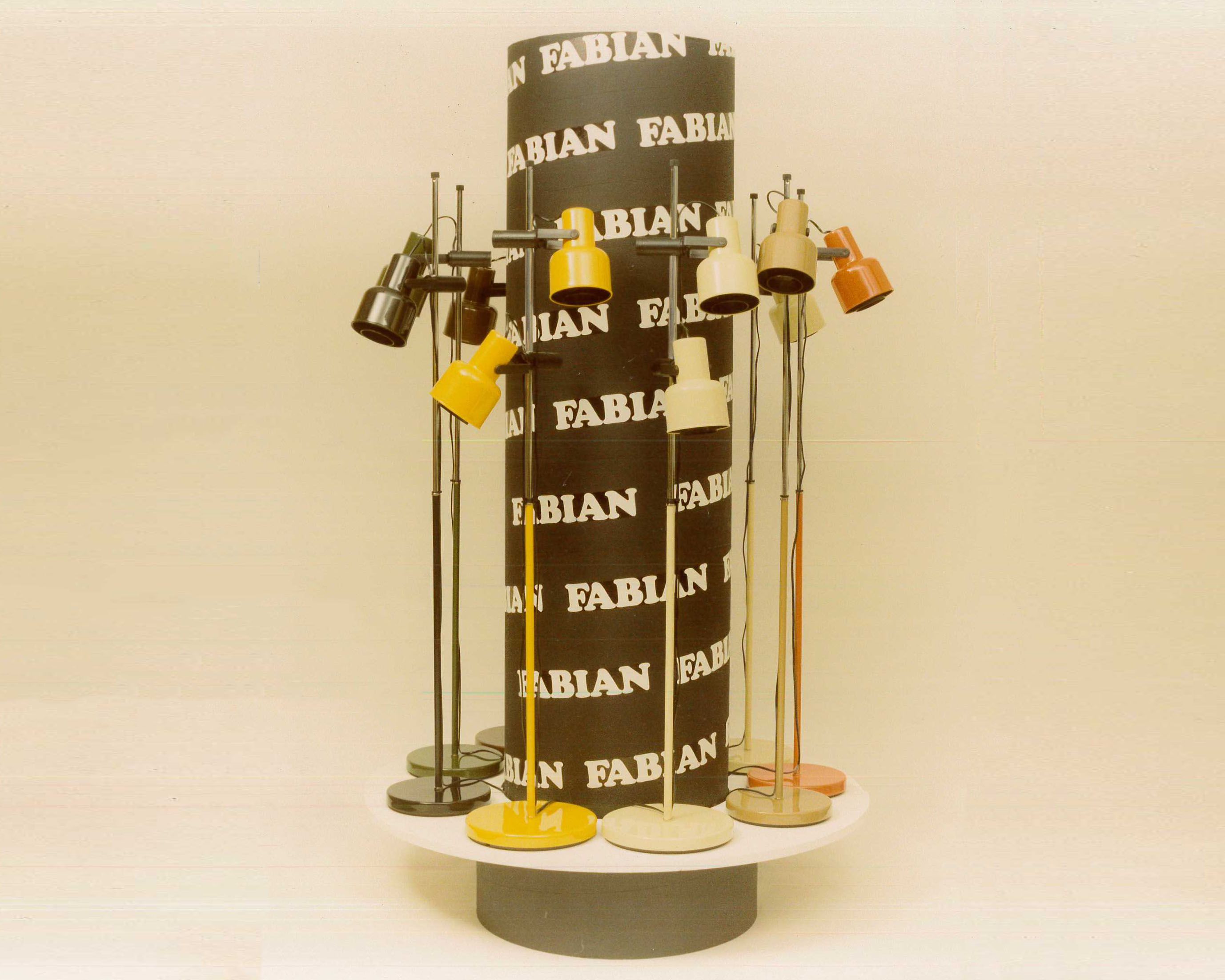
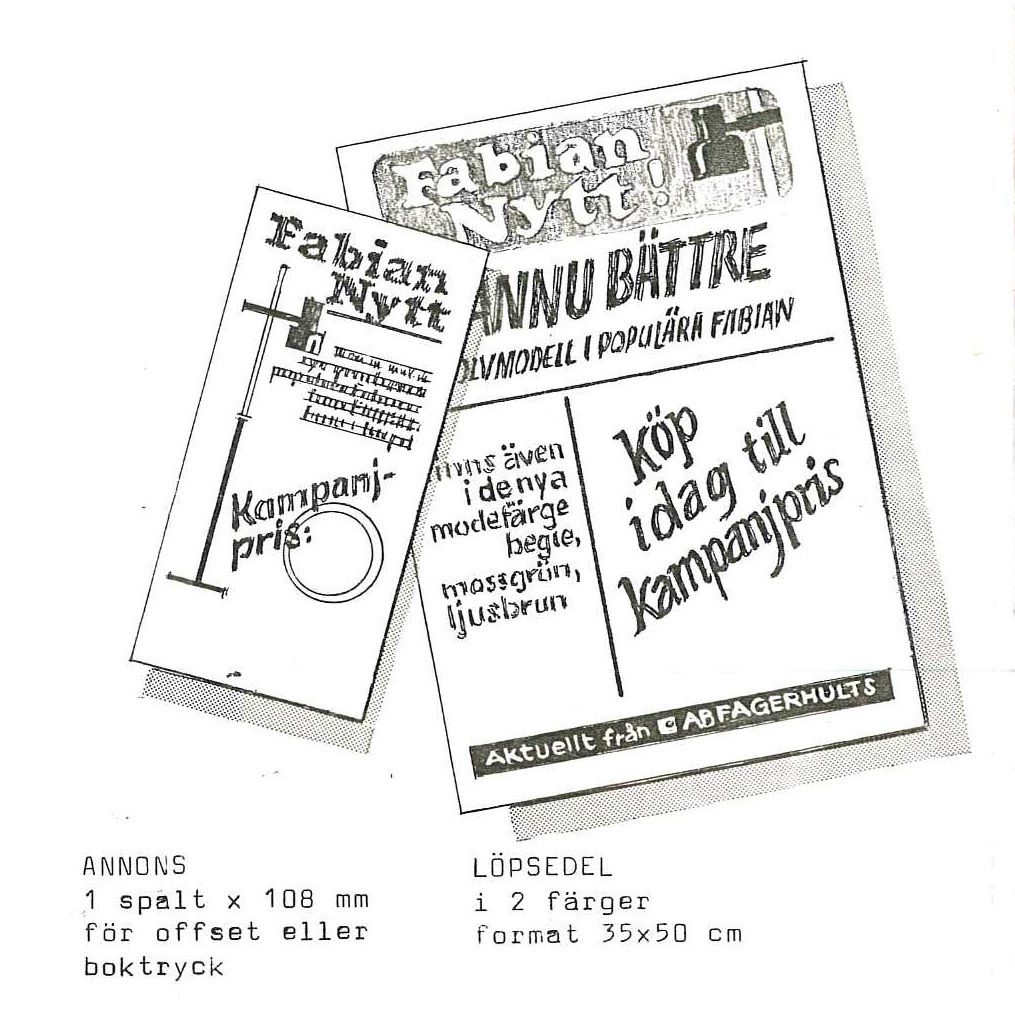
1970
Lucifer – the devil is in the details
It was not an entirely positive attitude towards the name, when Lucifer was launched in 1975. Despite the name, it is one of our most iconic luminaires, that still sells at auction houses in Europe until this day. Lucifer is a desk lamp made totally out of plastic that was designed for Fagerhult in 1975 by well renowned designer duo A&E Design, Tom Ahlström and Hans Ehrich. The duo had an early interest for plastics and its benefits, and for form and design as a functional aid. The luminaires versatility and contemporary look made Lucifer a natural contribution to most people’s offices, and homes. The high lighting quality was, as always, of utter importance in this project as well.
Lucifer returned in 2000 as an anniversary luminaire, in limited edition, but is no longer in production. You can, however, see it at Nordiska Museets digital exhibition (Swedish only).
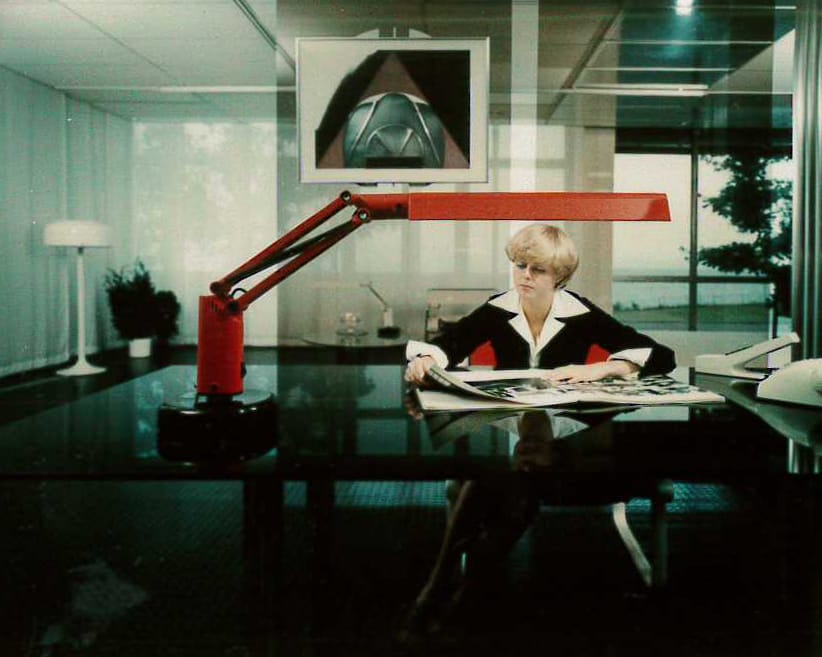
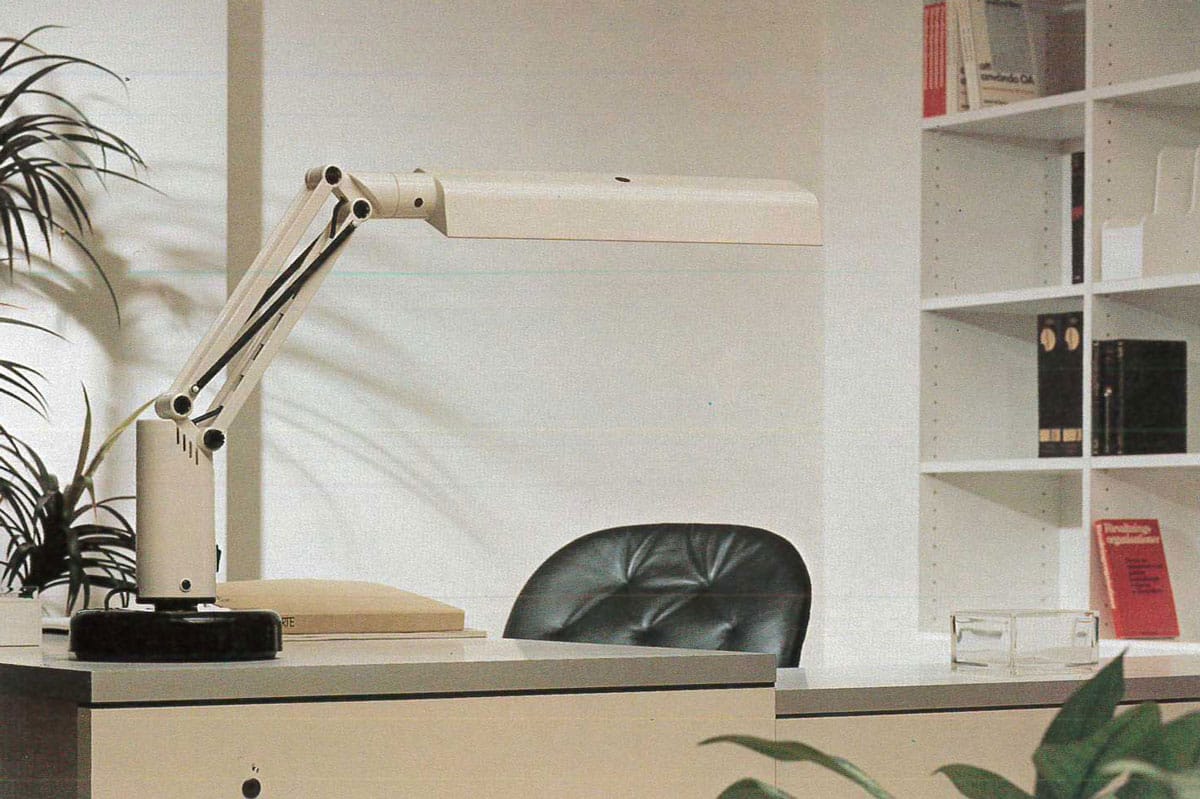
1980
Trimtube 2000 – a new office maze
Trimtube 2000 was a luminaire system of long luminous fluorescent lamps, in lacquered sheet metal. It was perfect for the modern offices in the mid-80's. The possibilities of mounting them were many, as they could be connected in X, T and L-joints - or even bent with a flexible hose as joints. Together they provided an impressive network of lighting, with glare free office lighting. Trimtube 2000 was available as a suspended and wall-hung solution, and each fixture was rotatable 360°. This made it possible with uplight - as well as downlight- at the office, depending on how you tilted the luminaire.
The Trimtube 2000 could also be combined with the Nova system, a similar product, in order to further enhance and vary the patterns and compositions. Neither of these two luminaire families are longer in production.

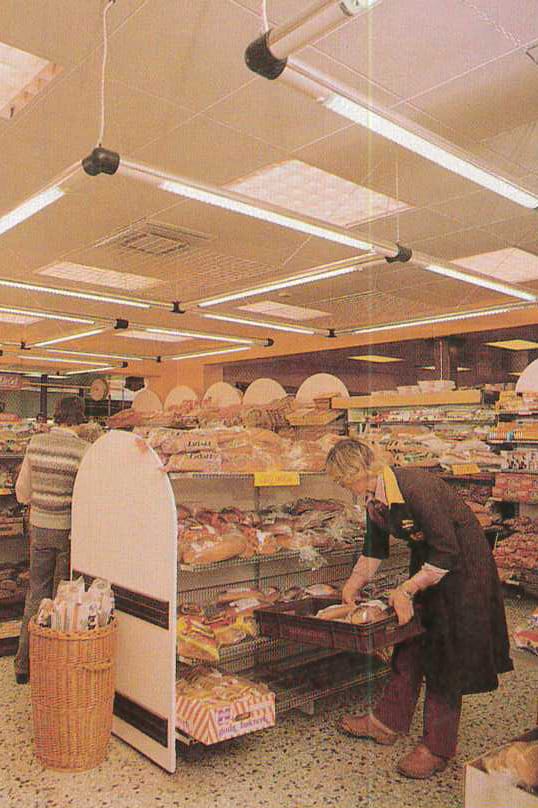
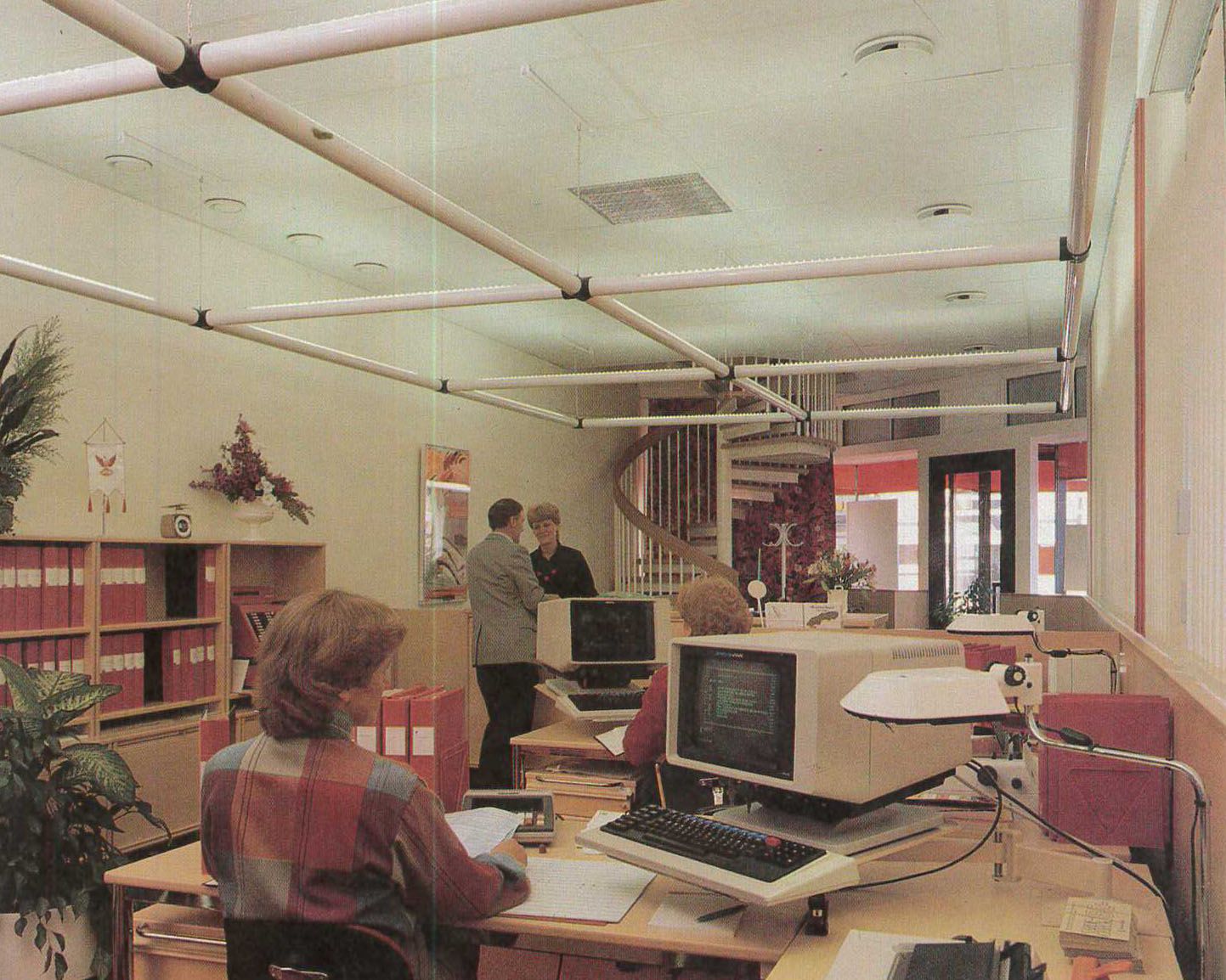
1990
Pleiad – the brightest downlight of the Milkyway
Named after the shining cluster of stars from the constellation Taurus, Pleiad is our most well-known downlight family. Designed by Fagerhult designer Wilma Daemen in the mid-90s, Pleiad was introduced as a vision for architects and lighting designers. The Pleiad family, which is currently on generation 4, has been through some technical innovations, such as LED-change and controls.
Consistent for the generations is that they have always had rotational symmetric light distribution, even with a horizontal light source. This was something completely unique when the lamp was launched and gave a lower base and longer life of the light source (built-in expertise). All generations have been with toolless installation. The first generation had a patented rocker for easier light source replacement.
It is, and has been, a very popular luminaire due to its technical solutions and easy installation. During a period of time in the beginning of the century (1999-2003), a Pleiad luminaire was installed every 20th second somewhere around the world. Pleiad was awarded Industrie Forum Design Hannover (1996), for its innovative features and contemporary design.
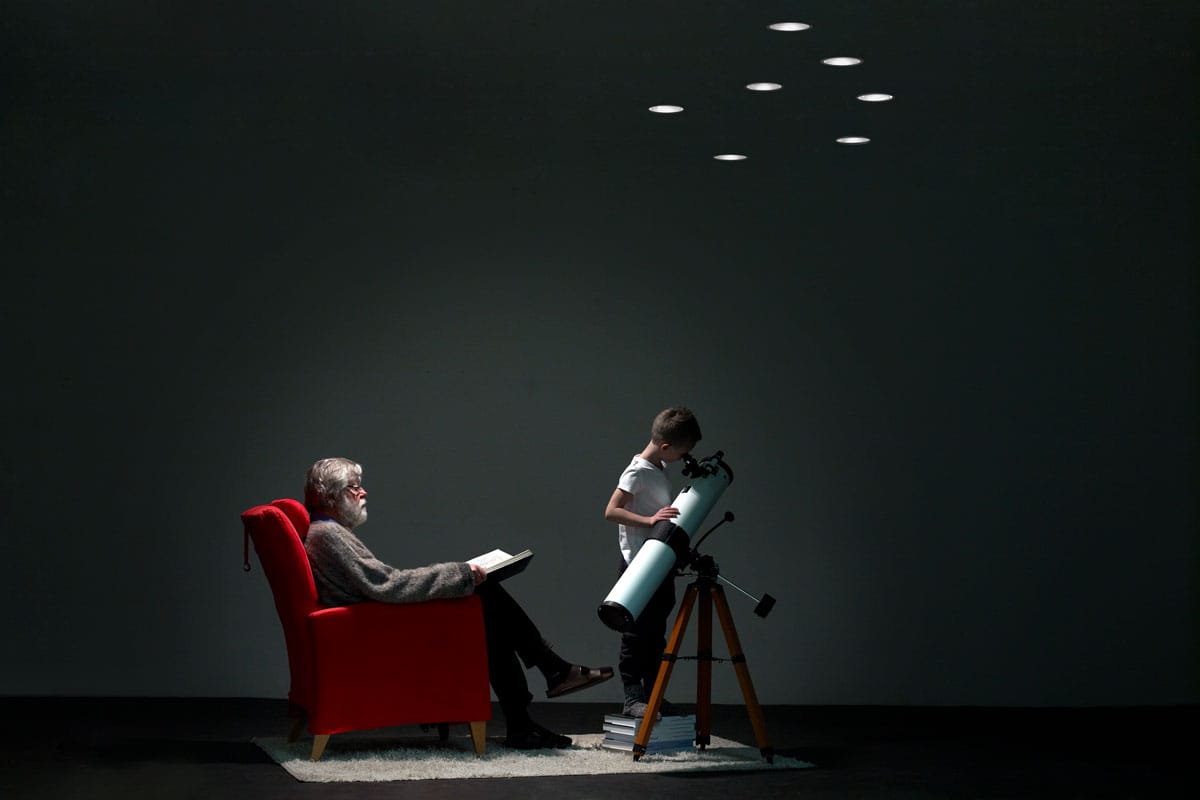
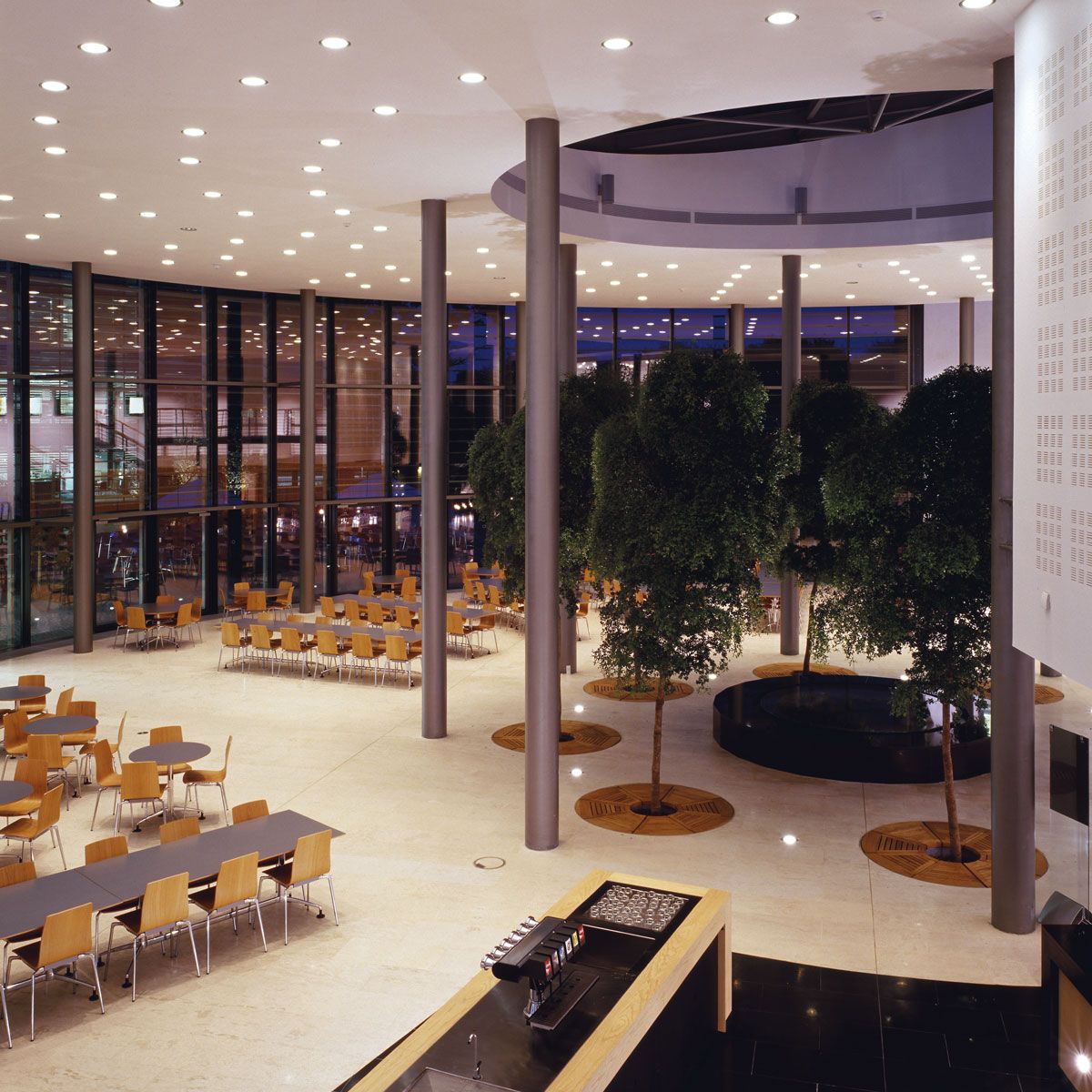
2000
Ten° – form, function and flexibilty
A coherently designed luminare family, with a clear contemporary design, that was aimed at the modern office of the early millennium. Ten° is a lighting family – with a uniform design for modern, dynamic offices. The aim was to combine form, function and flexibility.
The inspiration behind the family, was the demands of the modern offices at the early millennium. Flexibility was priroitised, freedom for variation was immense and changes were easy to make in a uniform design. Restraint and modern aesthetics in a Scandinavian design combined with a function, created the prerequisites for a good light setting.
Its name came from the 10 degree angle on the sides of the luminaire. The inclined edges which capture the reflected ceiling light, made the luminaire brighter and enhanced the powerful and elegant form. Ten° is a family that utilises the latest advances in light technology. Gentle and angular, round and rectangular – to match all elements of the new office. It was designed by Ola Granlund.
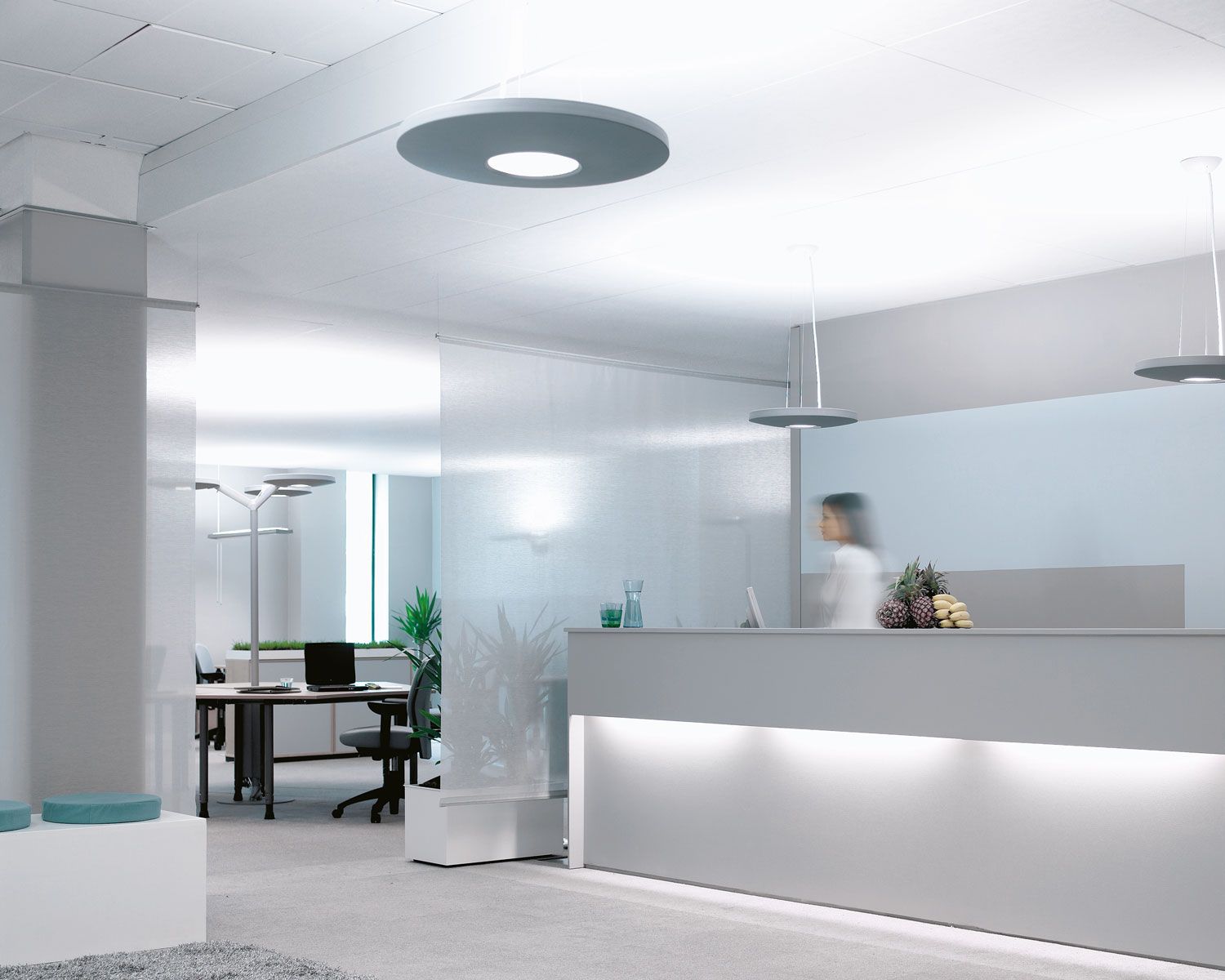
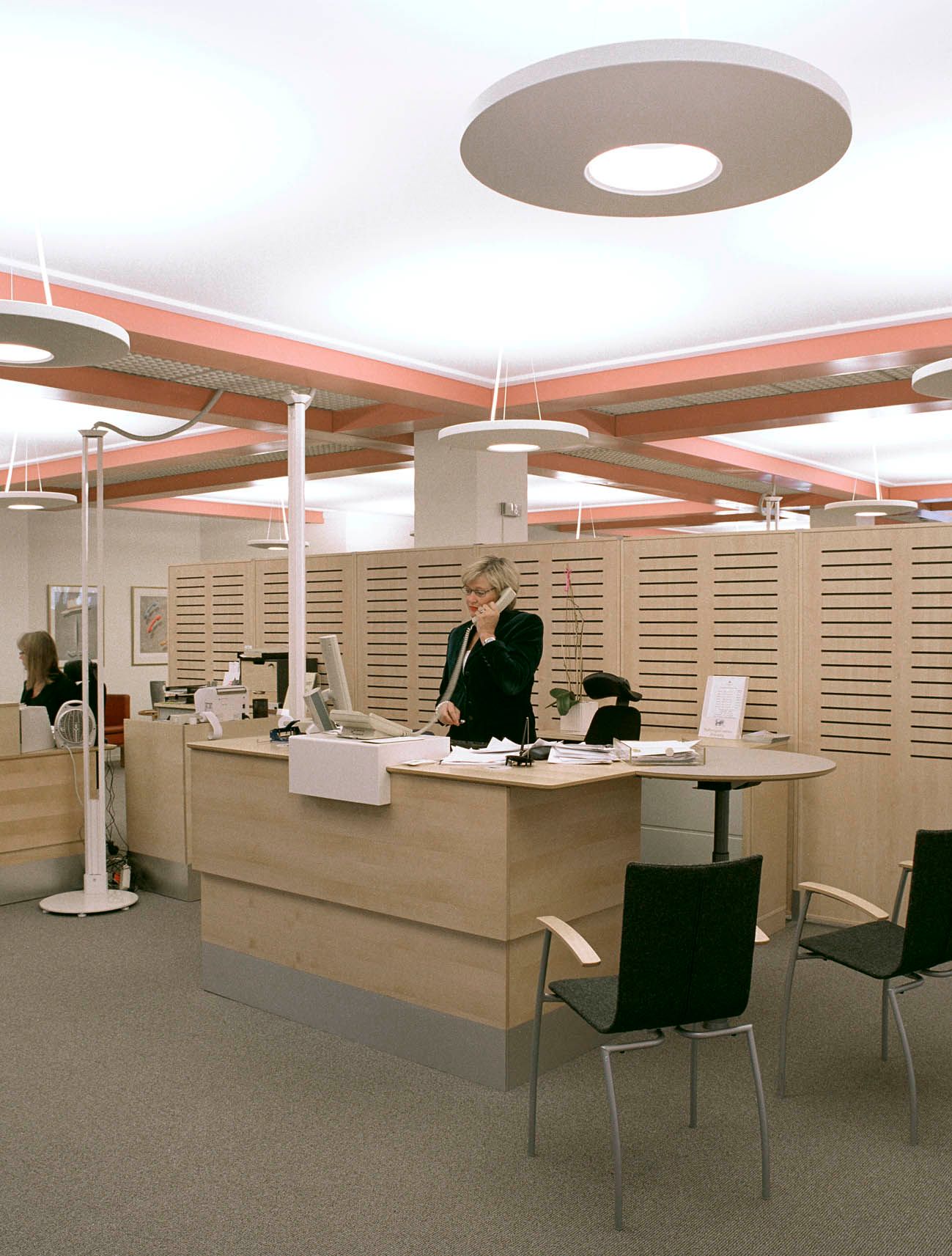
2010
Appareo – it's a kind of magic
Appareo is a suspended luminaire which maximises the design flexibility offered by LED’s – without compromising on efficiency or ergonomic. It was designed by Howl Design Studio (later Above) in 2012, and is still in production.
The starting point was a new type of glass diffuser which acts as both the reflector and the louvre. The light is distributed indirectly towards the ceiling and directly down towards the work surface. Providing the ambient and task lighting levels demanded in contemporary office spaces.
The transparent glass screen is housed with an aluminium frame for the height of discretion. When lit, the LEDs positioned across the slide of the luminaire ring the screen to life, increasing the opacity and guiding the light for an optimal visual experience.
Appareo was awarded with the Red Dot Design Award in 2013.
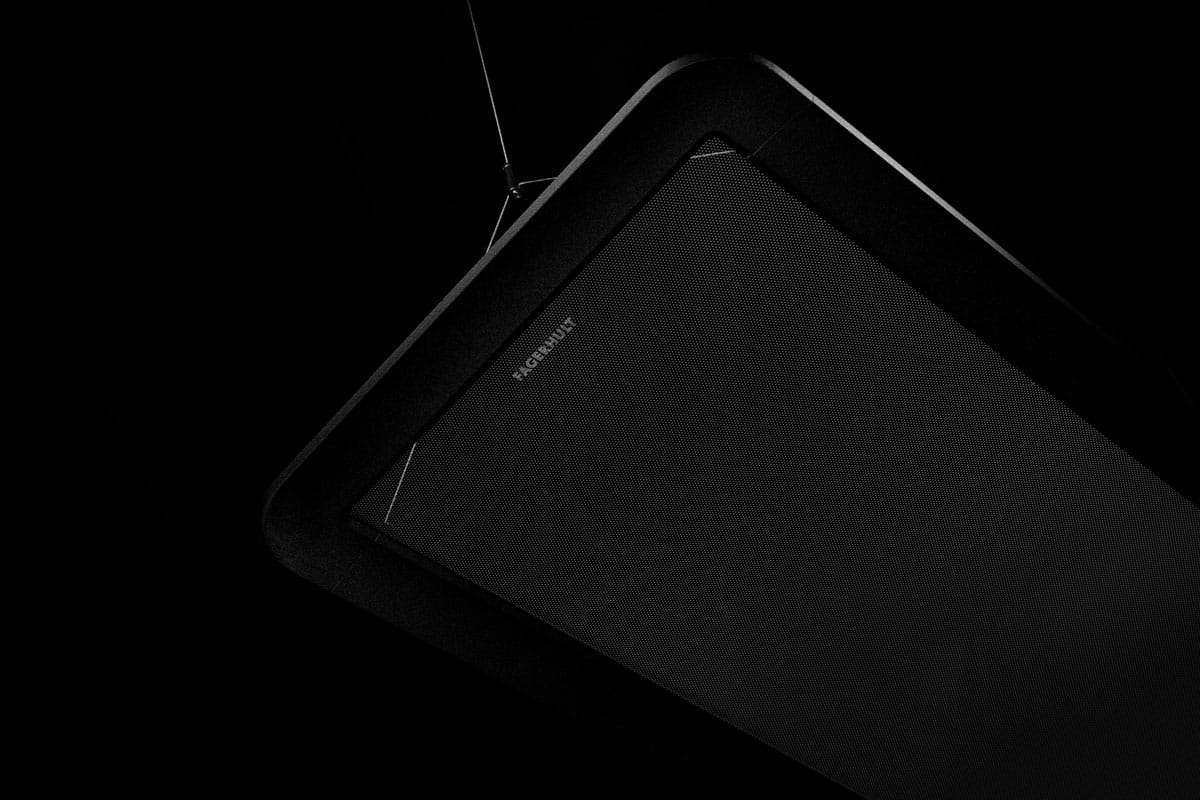
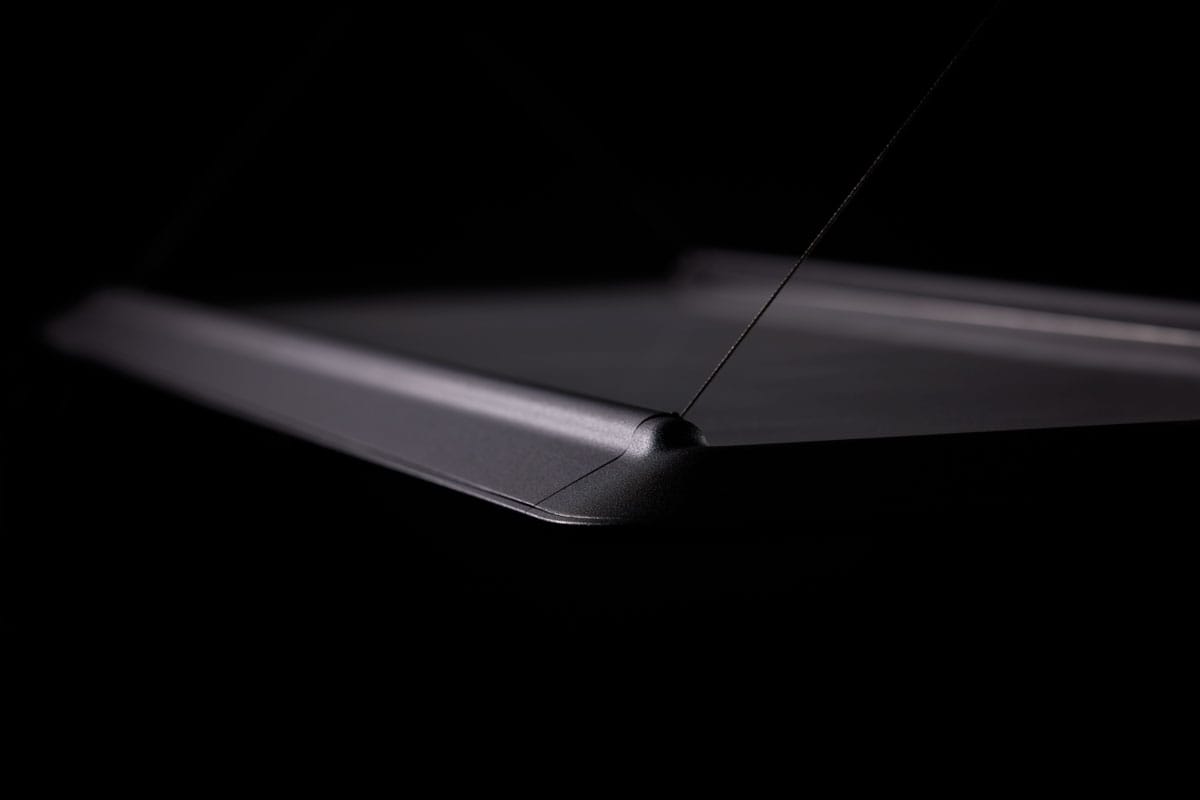
2024
Keeping the lights on...
Technological and societal changes have been rapid, but our goal remains the same – keeping the lights on (when needed). As times change, we need to rethink the materials and methods we use that previously felt right and proper.
We need to adopt new approaches to the flow of resources and components in the manufacturing industries. In Multilume Re:Think, we replaced the material in the luminaire body with renewable resources, thereby reducing the climate impact of the luminaire frame by 81%. With this initiative, and with more to come, we hope to make a positive difference for the environment.
